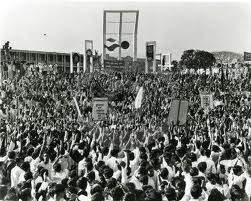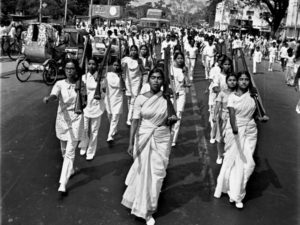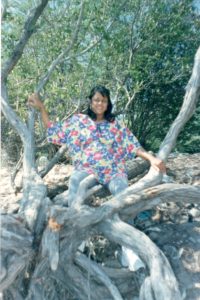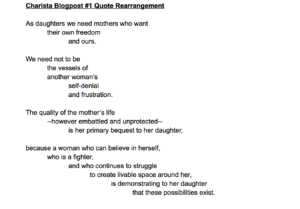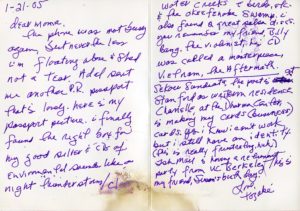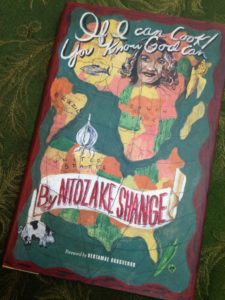“On National Culture”
“The native intellectual nevertheless sooner or later will realize that
you do not
show proof of your nation from its culture,
but that you substantiate its existence
in the fight, which the people wage,
against the forces, of occupation.
No colonial system draws its justification from the fact that the territories are
culturally non-existent.
You will never make colonialism blush
for shame, by spreading out little-known cultural treasures, under its eyes.
what he [the native intellectual] ultimately intends to embrace are
in fact, the castoffs of thought,
its shells,
and corpses, a knowledge
which has been stabilized once and for
all.
he must go
on until he has found the seething pot–
of which the learning of,
the future will emerge”
(Fanon, 223 and 225).
For this week’s blog post, I chose Frantz Fanon’s piece, “On National Culture.” It stood out to me because it seemed to have a lot in tandem with what Shange was writing about in “my pen is a machete.” Throughout her piece, she was writing to dismantle the oppressive imposition of the English language unto Black people and those oppressed within the United States, which was evident in the way she chose to spell her words and use breaks that felt familiar to her. Fanon had similar feelings as he continually expressed his discontent with colonial efforts to erase national identities. He suggests that the cultural identity of a nation emerges after its liberation. From my understanding, he poses liberation as distancing one’s identity from European hegemonic entanglement. He also suggests that searching for an identity solely connected with one’s ancestry and past, may leave one feeling unfulfilled in the present. Thus, he suggests that breaking free from these binary thoughts may foster a new national and cultural identity.
The excerpt I chose to rearrange into a poem delineates these three phases that he speaks in a beautiful way, while depicting the struggle and the extent needed to combat the oppression of not just the English language and art, but European impositions upon colonized people. I inserted a picture of Bangladeshi women carrying guns and protesting during the Bengali Liberation War in 1971. This example resonates with me and this post because it exemplifies radical protest and revolution against the colonial Pakistani rule during that time. I think that it also connects back to Shange’s readings for this week because the liberation war grew out of the Bengali language movement, during which, Bengalis fought for their mother tongue, under Pakistani rule. Thus, all of these moments in history coincide in the way that they struggle and radicalize around an identity and against an oppressive, often, colonial force. This is meaningful to me because as someone non-white born in America and having never visited my mother country, I sometimes debate the politics of my belonging in the U.S. I think Shange’s rearrangement and ownership of the English language to serve her work is radical and inspiring, and it is a direction towards continuing decolonial projects. Her pen is her machete, and I await to find my own.


